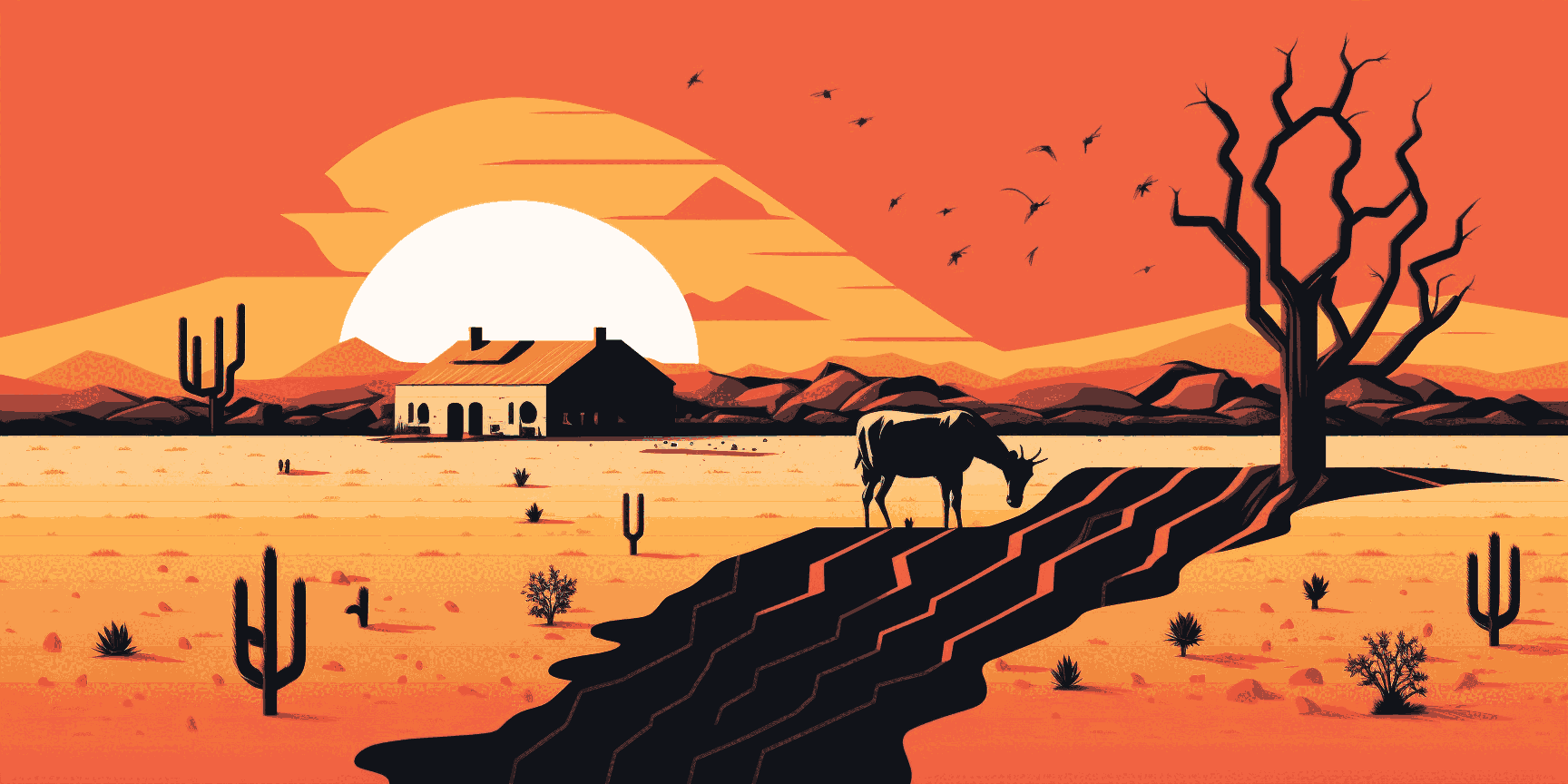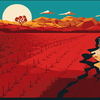Drier Soil During Dry Season: How Climate Change Is Impacting Soil Moisture
As global temperatures continue to rise, many regions are experiencing changes in their seasonal weather patterns. In particular, the dry season is becoming longer and drier in some areas due to climate change, leading to drier soil and significant challenges for agriculture and ecosystems.
Table Of Content
- Introduction
- Drier Soil During Dry Season
- How Climate Change Is Impacting Soil Moisture
- Impacts On Agriculture
- Impacts On Ecosystems
- Mitigating The Impacts
- Conclusion
- Cause
- Is Caused By
Introduction
Climate change is one of the most pressing issues of our time, and its impacts are being felt around the world. One of the most significant consequences of global warming is changes in weather patterns, including changes in precipitation and evaporation rates. These changes are causing longer and drier dry seasons in some regions, which can have significant impacts on soil moisture.
Soil moisture is a critical component of healthy ecosystems and agriculture. It is essential for plant growth, nutrient uptake, and water storage. When soil moisture levels are low, plants and other organisms struggle to survive, and the risk of wildfires increases. In this article, we will explore how climate change is impacting soil moisture during the dry season, and what this means for agriculture and ecosystems.
Drier Soil During Dry Season
As temperatures rise and precipitation patterns change, many regions are experiencing longer and drier dry seasons. This means that there is less water available for plants and organisms, leading to drier soil. Drier soil can have several negative impacts, including reduced crop yields, increased risk of wildfires, and damage to ecosystems.
In some areas, the dry season has already become so severe that it is affecting food security. For example, in East Africa, droughts have become more frequent and intense, leading to crop failures and food shortages. In Brazil, the Amazon rainforest is experiencing more frequent and severe droughts, which can lead to tree mortality and ecosystem degradation.
How Climate Change Is Impacting Soil Moisture
Climate change is causing longer and drier dry seasons in some regions due to changes in precipitation and evaporation rates. When there is less rainfall and higher temperatures, more water evaporates from the soil, leading to drier soil conditions. This can lead to several negative impacts on ecosystems and agriculture, including reduced crop yields, increased risk of wildfires, and damage to ecosystems.
In addition to changes in precipitation and evaporation rates, climate change is also affecting soil moisture by changing the timing and intensity of rainfall. In some regions, rainfall is becoming more concentrated, leading to more intense storms followed by longer dry periods. This can lead to erosion and nutrient depletion in soils, which can further impact crop yields and ecosystem health.
Impacts On Agriculture
Drier soil during the dry season can have significant impacts on agriculture, particularly in regions where agriculture is rain-fed. Reduced soil moisture levels can lead to lower crop yields, reduced nutrient uptake, and increased susceptibility to pests and diseases. In some cases, crops may fail completely, leading to food shortages and economic hardship for farmers and communities.
In addition to the impacts on crops, drier soil can also impact livestock grazing. When soil moisture levels are low, grasses and other vegetation may not grow as well, reducing the quality and quantity of forage available for livestock.
Impacts On Ecosystems
Drier soil can also have significant impacts on ecosystems, particularly in regions with fragile or unique ecosystems. Reduced soil moisture levels can lead to decreased plant growth and biodiversity, increased susceptibility to wildfires, and damage to ecosystem services like water filtration and carbon sequestration.
For example, in California, the ongoing drought has led to significant impacts on forests and other ecosystems. Tree mortality rates have increased, and wildfires have become more frequent and severe. This has led to widespread ecological damage, including habitat loss and reduced biodiversity.
In addition to the direct impacts on ecosystems, drier soil can also have indirect impacts on human communities that depend on ecosystem services like water filtration and carbon sequestration. For example, degraded watersheds can lead to reduced water quality and availability, which can impact human health and livelihoods.
Mitigating The Impacts
While the impacts of climate change on soil moisture are significant, there are several strategies that can help mitigate these impacts. These include:
- Implementing soil conservation practices, such as cover cropping and reduced tillage, to help retain soil moisture.
- Developing drought-resistant crops and livestock breeds that are better adapted to drier soil conditions.
- Investing in water management infrastructure, such as irrigation systems and water storage facilities, to help ensure adequate water availability during dry seasons.
- Implementing land-use practices that prioritize ecosystem health and resilience, such as reforestation and ecosystem restoration.
Conclusion
Drier soil during the dry season is becoming a significant challenge in many regions due to climate change. Reduced soil moisture levels can have significant impacts on agriculture and ecosystems, including reduced crop yields, increased risk of wildfires, and damage to ecosystem health. However, there are several strategies that can help mitigate these impacts, including implementing soil conservation practices, developing drought-resistant crops and livestock breeds, investing in water management infrastructure, and prioritizing ecosystem health and resilience. By taking action now to address the impacts of climate change, we can help ensure a more sustainable future for agriculture, ecosystems, and human communities.






